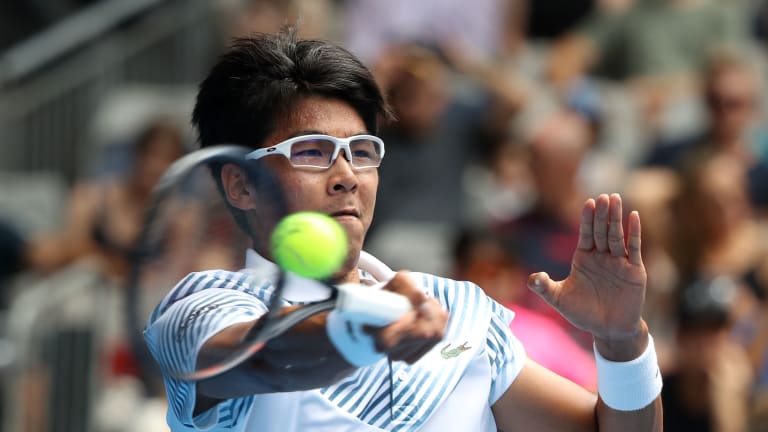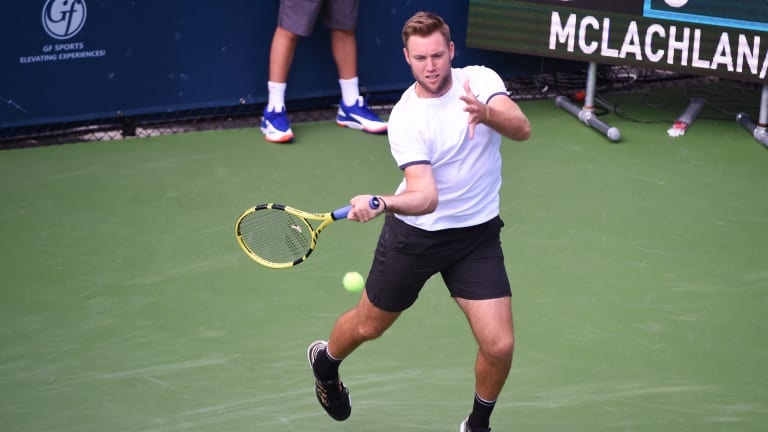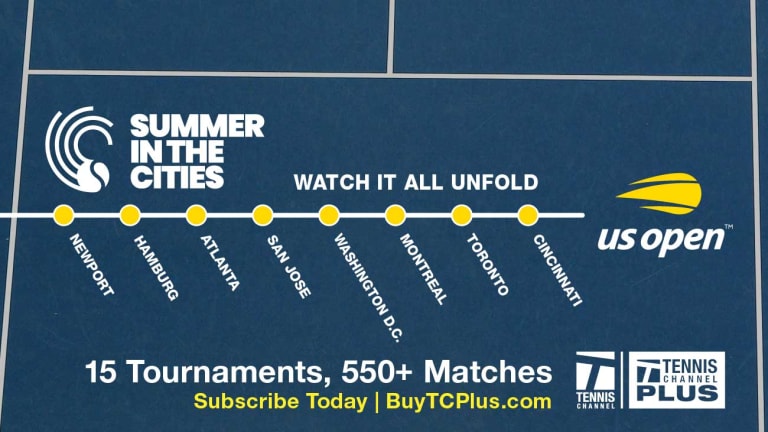The pro-tennis comeback trail has different paths: which one is right?
By Aug 07, 2019Dallas Open
Frances Tiafoe, Ben Shelton eliminated in rough Dallas Open day session for Americans
By Feb 07, 2025Stat of the Day
Kei Nishikori records milestone 300th hard-court win of career with Davis Cup tie clincher
By Feb 01, 2025Australian Open
The five-set king is back! Kei Nishikori beats Monteiro from two sets—and two match points—down at Australian Open
By Jan 12, 2025Ranking Reaction
Mirra Andreeva breaks into Top 15 for first time, Naomi Osaka returns to Top 50
By Jan 06, 2025Weekend Winners
The Top 5 most important developments of a manic first week of the 2025 tennis season
By Jan 05, 2025HONG KONG TENNIS OPEN
Four unseeded semifinalists! Kei Nishikori sets Shang Juncheng clash in Hong Kong
By Jan 03, 2025Facts & Stats
The most accomplished active men’s tennis players seeking their first major title in 2025
By Dec 11, 2024ATP Montreal, Canada
Red-hot Sebastian Korda to face former champion Alexander Zverev in Montreal quarterfinals
By Aug 11, 2024ATP Montreal, Canada
Andrey Rublev and Jannik Sinner set Saturday quarterfinal showdown in rain-delayed Montreal
By Aug 10, 2024The pro-tennis comeback trail has different paths: which one is right?
Some players ease into action, while others dive right back and face top-level competition.
Published Aug 07, 2019
Advertising

The pro-tennis comeback trail has different paths: which one is right?
© 2019 Getty Images
Advertising

The pro-tennis comeback trail has different paths: which one is right?
© Getty Images
Advertising

The pro-tennis comeback trail has different paths: which one is right?